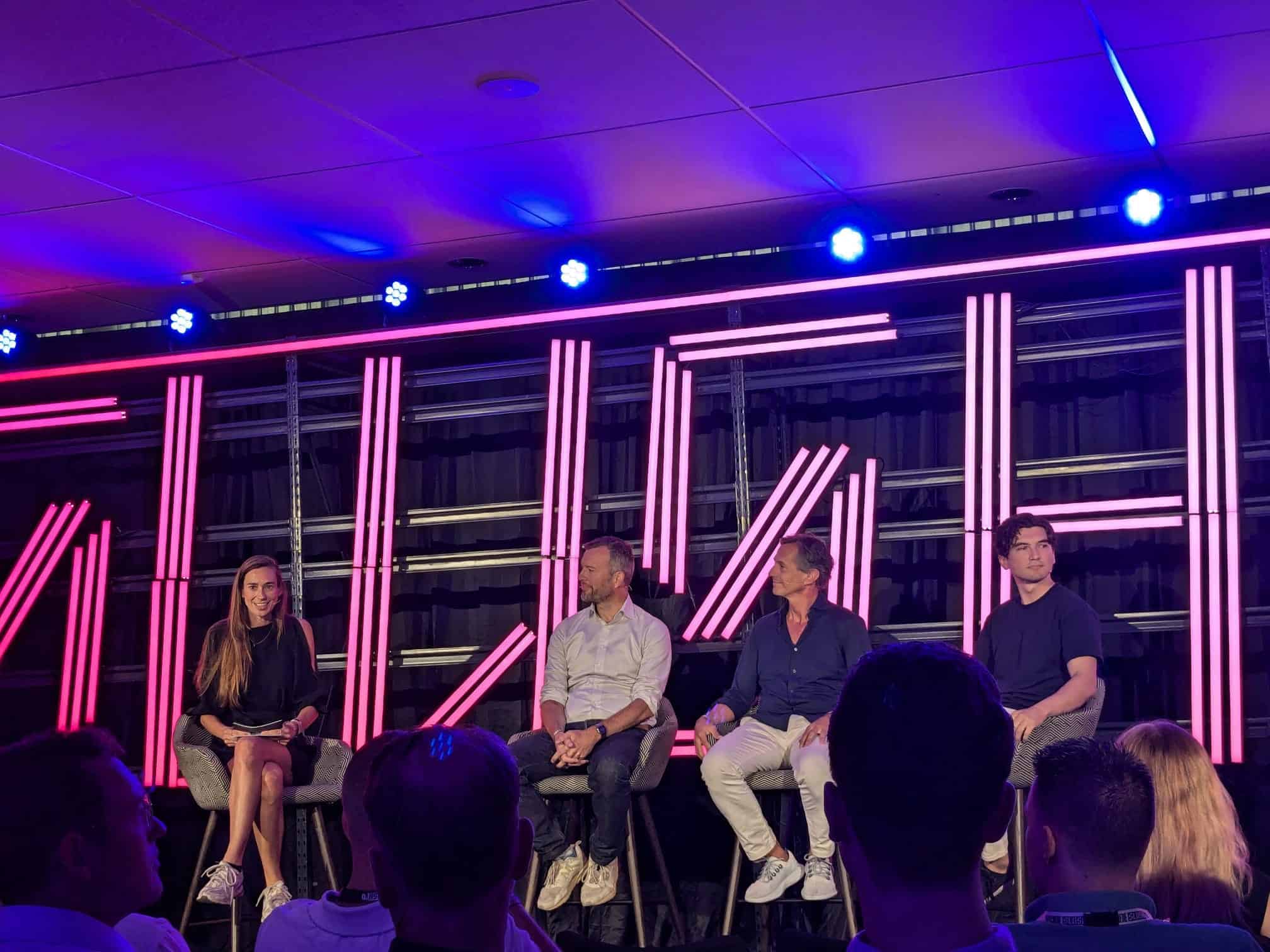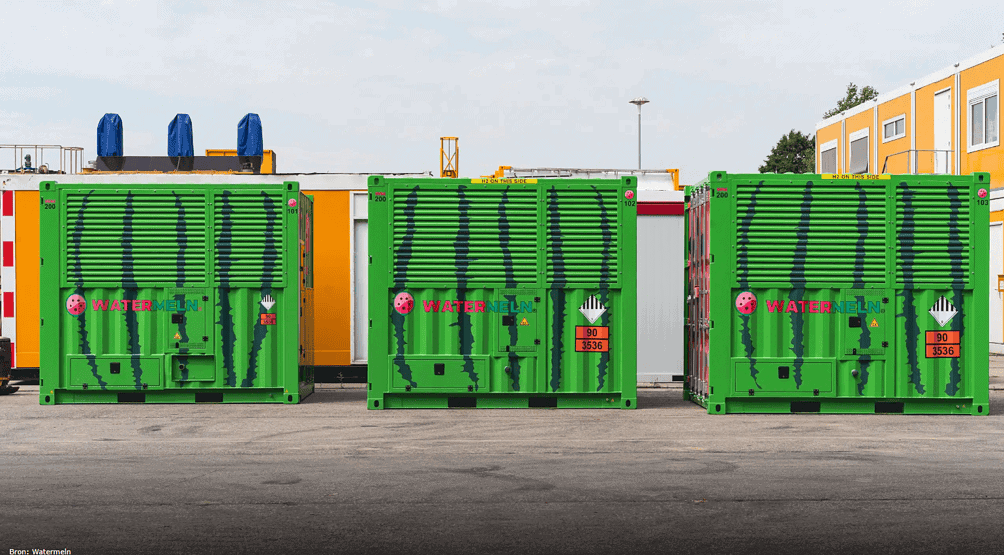
Funding is essential for any startup. But how do you make sure you attract enough money to thrive in the marketplace? What should you focus on during a pitch to a potential investor? And what is the current state of the funding landscape? Four investors gave their insights during the Enschede Slush’D event, which took place recently.
Thesis 1: The number of startups advancing from seed to series A funding has declined, as less money is available.
Herman Kienhuis, Managing Partner at Curiosity VC:
“I don’t think there is less money available, but investors in a Series A round have become more critical. For seed investments (early investments in startups, ed.), which is what we focus on, deals are still made and investments are made based on products and ideas. But once you go to a Series A round (later investments designed to help companies accelerate their growth, ed.) you really have to come up with numbers these days. So it has indeed become more difficult.”
Warner Philips, Managing Partner at Rubio Impact Ventures:
“We too have become more cautious. To get from a seed to a Series A round, you have to be able to clearly demonstrate traction, for example.”
Thesis 2: If you are not contributing to one of the Sustainable Development Goals (SDGs), it is impossible to attract venture capital.
Warner Philips:
“With current regulations, such as the Sustainable Finance Disclosure Regulation (SFDR), investors are indeed increasingly encouraged to report on the impact of their investments. The entire market is moving in that direction. So as a startup, it is wise to incorporate the SDGs into your pitch. Those goals are extensive; ultimately there are plenty of opportunities to connect. In any case, we see them in almost every pitch.”
Beau-Anne Chilla, Partner at FORWARD.one:
“I largely agree with Warner. It is out of fashion not to contribute to a better future for our society. However, there is also a lot of value in innovation in itself.”

Thesis 3: Without an AI strategy, you are lost. Every startup should have one, either by using AI, selling AI, or offering AI-related services.
Herman Kienhuis:
“Yes, I agree. AI is really a game changer, entrepreneurs should integrate it into their product, sales strategy and/or marketing approach. Companies that don’t use the technology are falling behind the competition. That said, we find that startups are finding rather creative ways to incorporate AI into their pitch or name. They sometimes pretend to be AI-driven, when in fact they are not. We’ve seen this before with blockchain, machine learning, and vertical farming; AI seems like hype. We as investors need to thoroughly assess whether the use of AI actually adds value.”
Job Weaver:
“I don’t entirely agree. You have to start at the problem and see what is the best solution to solve that problem, whether that is with AI, general statistics, or a hardware solution. That shouldn’t be a factor. What is important, though, is that when you talk to venture capital funds, you check to see if they have a strong focus on AI. If so, you may need to adjust your message or product accordingly, or else contact other investors.”
DSA FundFest goes Eindhoven!
October will see the third edition of FundFest hosted by the Dutch Startup Association (DSA). DSA is the Netherlands’ largest independent representative of startups, scaleups, and innovation. In addition to initiating a coalition that publishes quarterly investments in startups and scaleups, DSA has also launched FundFest—each quarter, startups and scaleups that received funding during that period and investors who invested come together.
For the third edition, DSA and Innovation Origins are joining forces; in Amsterdam and Eindhoven, we invite entrepreneurs and investors simultaneously. The first two editions were a great success, and all signs point to this third edition being promising as well. More info to follow!
Thesis 4: Hardware over software; the market for software is saturated
Herman Kienhuis:
“On the contrary, I believe there is an abundance of opportunity for software solutions, especially with the advent of breakthrough technologies such as the new LLMs (Large Language Models). So software is anything but boring. Hardware also offers many opportunities but is often harder to scale. The challenge with hardware is that the initial investment for R&D and product development is often higher and the road to success can take longer. This makes it more difficult to obtain funding. That there seems to be more focus on hardware now is partly because government funding is often focused on it. Whereas, on the contrary, many investors focus on software. All in all, I think the returns in hardware can be similar to those in software.”
Warner Philips:
“I think you need both. To solve the climate crisis, for example, it is absolutely necessary to invest in both, which is why we do it. We invest in solutions that require hardware, such as new structures for solar panels on rooftops where it would otherwise not be possible, but also in software for network management.”

